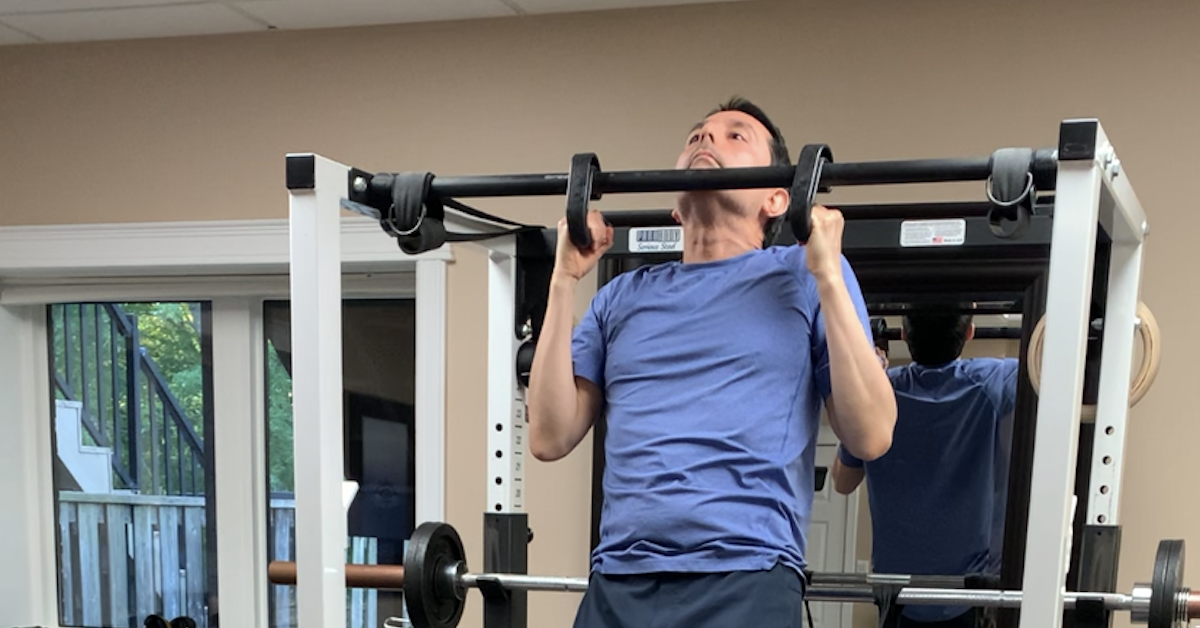A classic debate among fitness professionals is whether the abdominals should be divided into upper and lower sections. Some experts argue that the abdominals function as a single muscle, with no distinction between upper and lower portions. However, research suggests otherwise—you can selectively recruit different segments of a muscle depending on the type of exercise performed and the resistance used (Antonio, 2000).
In his Scientific Core Conditioning course, Paul Chek explains that the abdominals are segmentally innervated by eight nerves from T5 to L1. In contrast, most muscles have only two nerves—one primary and one secondary. This unique nerve distribution makes it possible to activate specific sections of the abdominals. Just consider the ability of belly dancers to roll a quarter down their midsection as proof of this refined control. Chek asserts that the abdominals should be classified as upper and lower, and even suggests that the “middle” abdominals can be selectively trained if the body is positioned appropriately.
Exercise Order
Because lower abdominals have the most complex recruitment patterns and are inherently weaker, while upper abdominals are stronger and easier to activate, the proper sequence for abdominal training should be:
- Lower Abdominals
- Obliques & Quadratus Lumborum
- Upper Abdominals
For example, an effective core routine could include:
- Low-Pulley Knee-Ins (lower abs)
- High-Pulley Woodchops (obliques)
- Swiss Ball Crunches (upper abs)
Remember: Before hitting isolation movements, start with heavy, multi-joint exercises as discussed in Part 2.
Tomorrow, we’ll tackle the abdominal hollowing vs. bracing debate—one of the most controversial topics in core training.

From Zero to Two: Leo’s Chin-Up Breakthrough
When Leo began training with me in September 2024, our first goal was to improve body composition — lose fat,

Resistance Training Foundations: How to Progress Safely and Build Real Strength
Resistance training isn’t just for bodybuilders. Whether you’re just starting out, returning after a break, or training for performance, knowing

Neck Extensions Before Arm Curls: Unlock More Strength
When most people warm up for arm curls, they’ll hit a few light sets or maybe stretch out a bit.
follow
Error: No feed with the ID 2 found.
Please go to the Instagram Feed settings page to create a feed.
